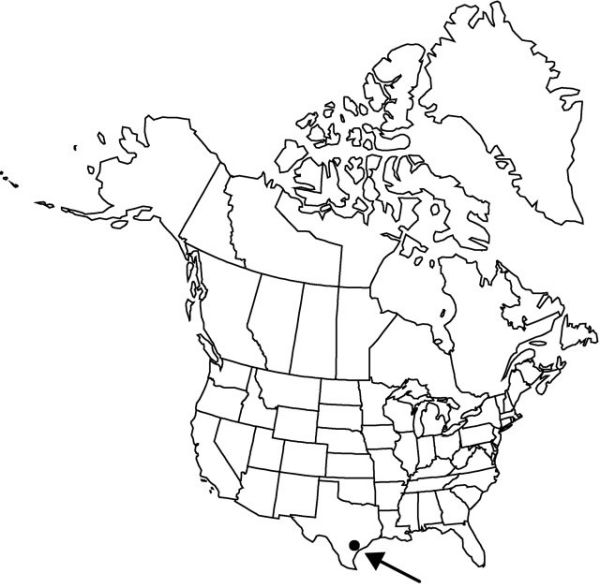Difference between revisions of "Zephyranthes refugiensis"
Rhodora 63: 214. 1961.
FNA>Volume Importer |
imported>Volume Importer |
||
| (2 intermediate revisions by 2 users not shown) | |||
| Line 6: | Line 6: | ||
|place=63: 214. 1961 | |place=63: 214. 1961 | ||
|year=1961 | |year=1961 | ||
| + | }} | ||
| + | |special_status={{Treatment/ID/Special_status | ||
| + | |code=E | ||
| + | |label=Endemic | ||
| + | }}{{Treatment/ID/Special_status | ||
| + | |code=C | ||
| + | |label=Conservation concern | ||
}} | }} | ||
|basionyms= | |basionyms= | ||
| Line 46: | Line 53: | ||
|publication title=Rhodora | |publication title=Rhodora | ||
|publication year=1961 | |publication year=1961 | ||
| − | |special status= | + | |special status=Endemic;Conservation concern |
| − | |source xml=https:// | + | |source xml=https://bitbucket.org/aafc-mbb/fna-data-curation/src/2e0870ddd59836b60bcf96646a41e87ea5a5943a/coarse_grained_fna_xml/V26/V26_583.xml |
|genus=Zephyranthes | |genus=Zephyranthes | ||
|species=Zephyranthes refugiensis | |species=Zephyranthes refugiensis | ||
Latest revision as of 21:15, 5 November 2020
Leaf blade dull green, to 4 mm wide. Spathe 1.9–3.2 cm. Flowers erect; perianth dark lemon yellow, funnelform, 2.5–5 cm; perianth tube green, (1–) 1.2–2(–2.4) cm, increasing in diam., less than 1/2 perianth length, ca. 2 times filament length, ca. 1/2–3/4 spathe length; tepals sometimes reflexed; stamens diverging to semifasciculate, appearing equal; filaments filiform, (0.5–)0.6–0.8(–1.1) cm; anthers ca. 7 mm; style longer than perianth tube; stigma capitate, usually among anthers; pedicel (0.1–)0.2–1.6(–1.8) cm, shorter than spathe. 2n = 46, 48.
Phenology: Flowering late summer–early fall (Aug–Oct).
Habitat: Primarily low, sandy loam, open fields, swales, ditches
Elevation: 10–30 m
Discussion
Of conservation concern.
Morphology, cytology, and distribution suggest that Zephyranthes refugiensis arose as a hybrid between Z. pulchella and Z. jonesii. It is known only from Goliad and Refugio counties.
Selected References
None.
